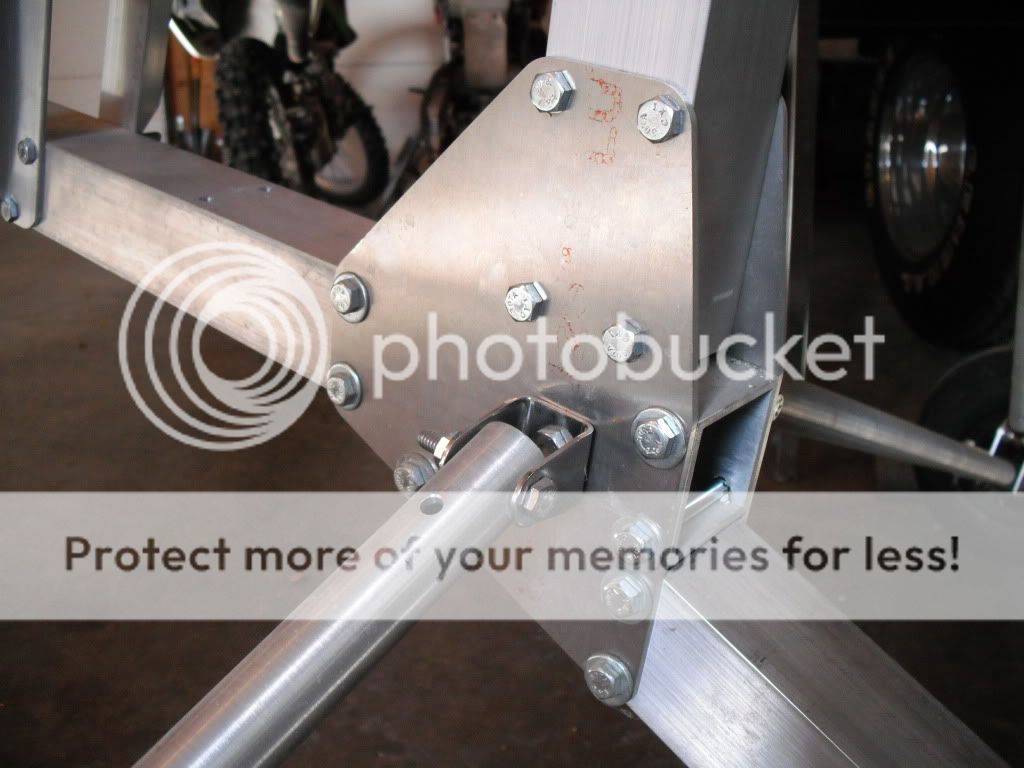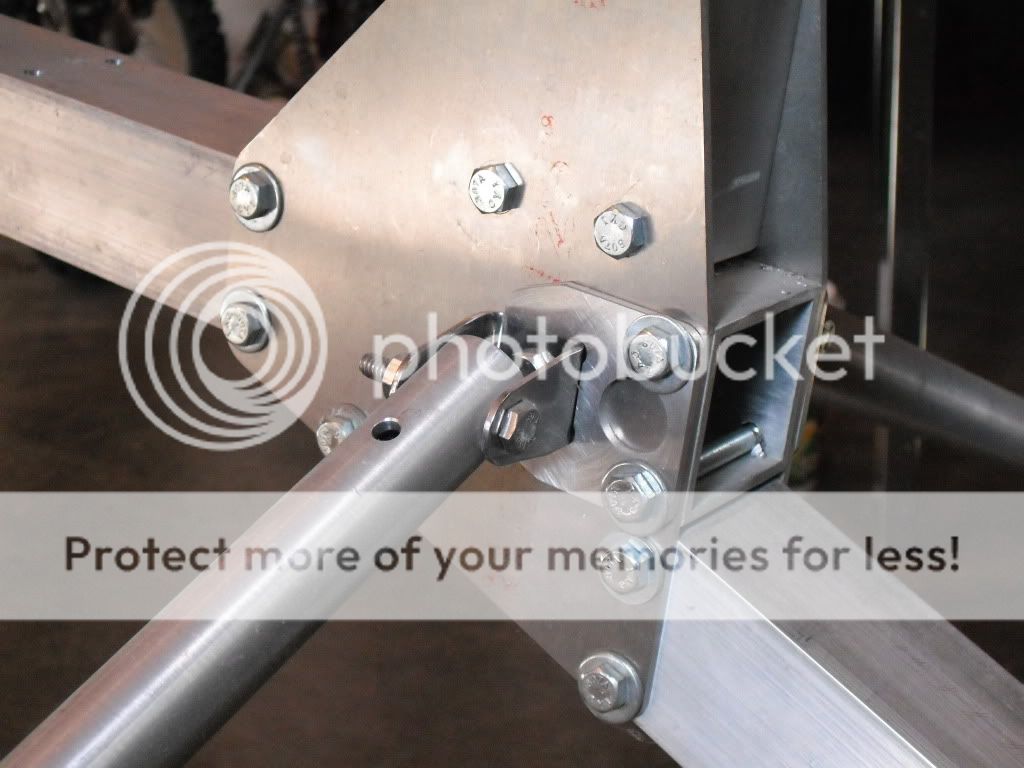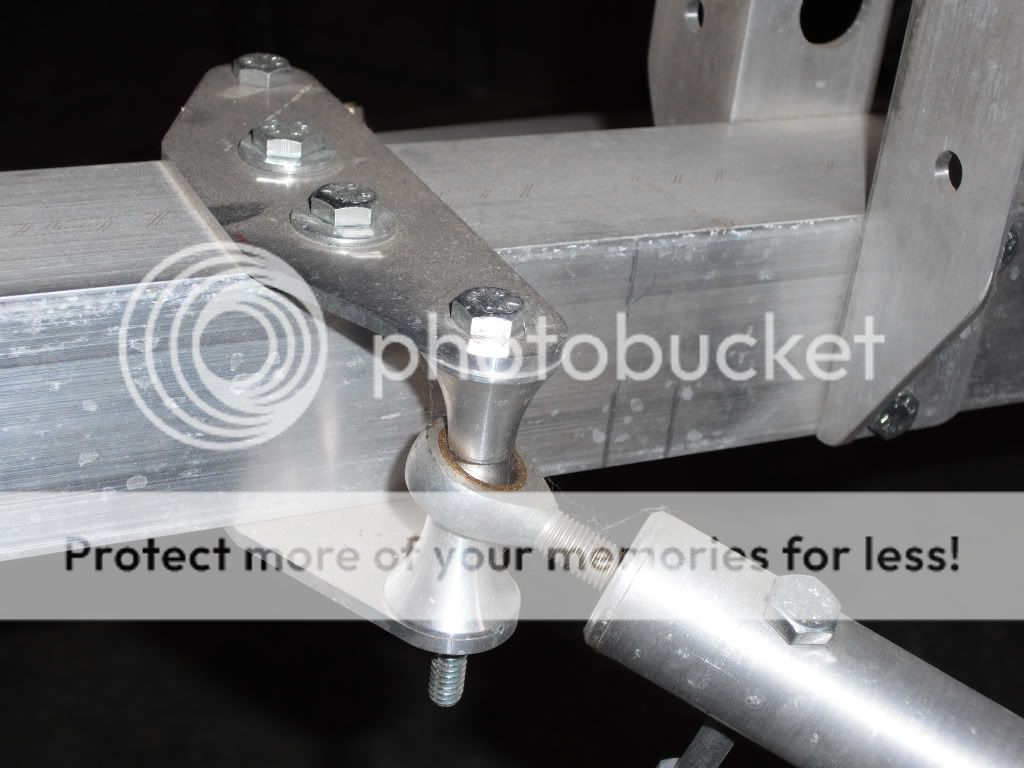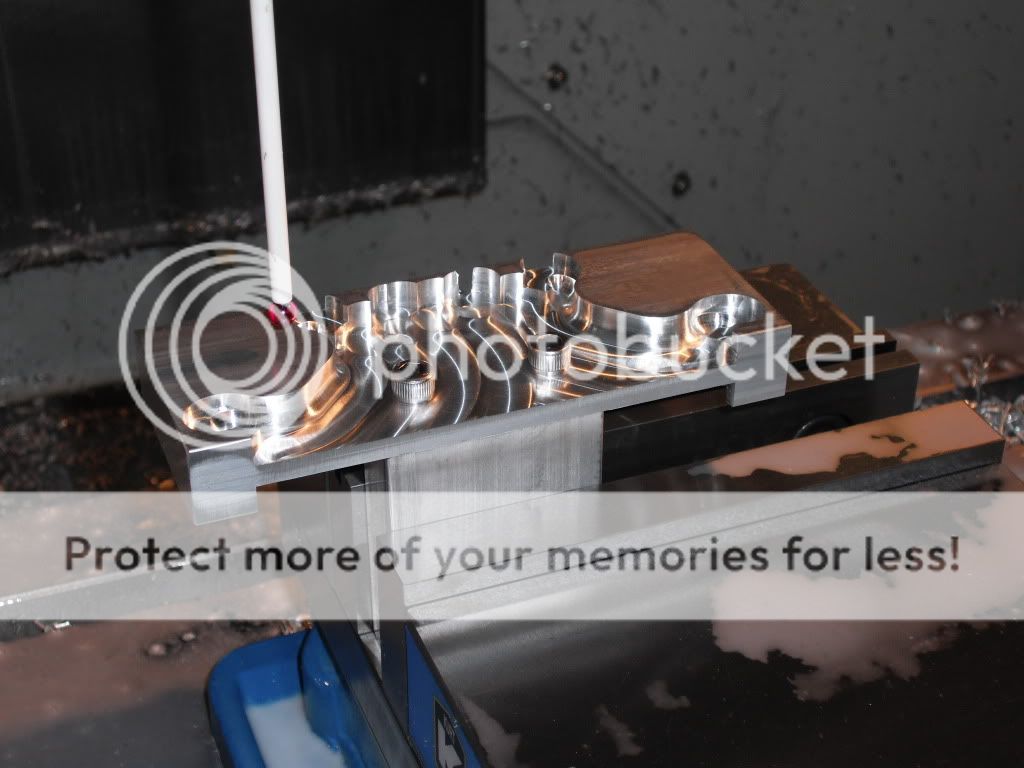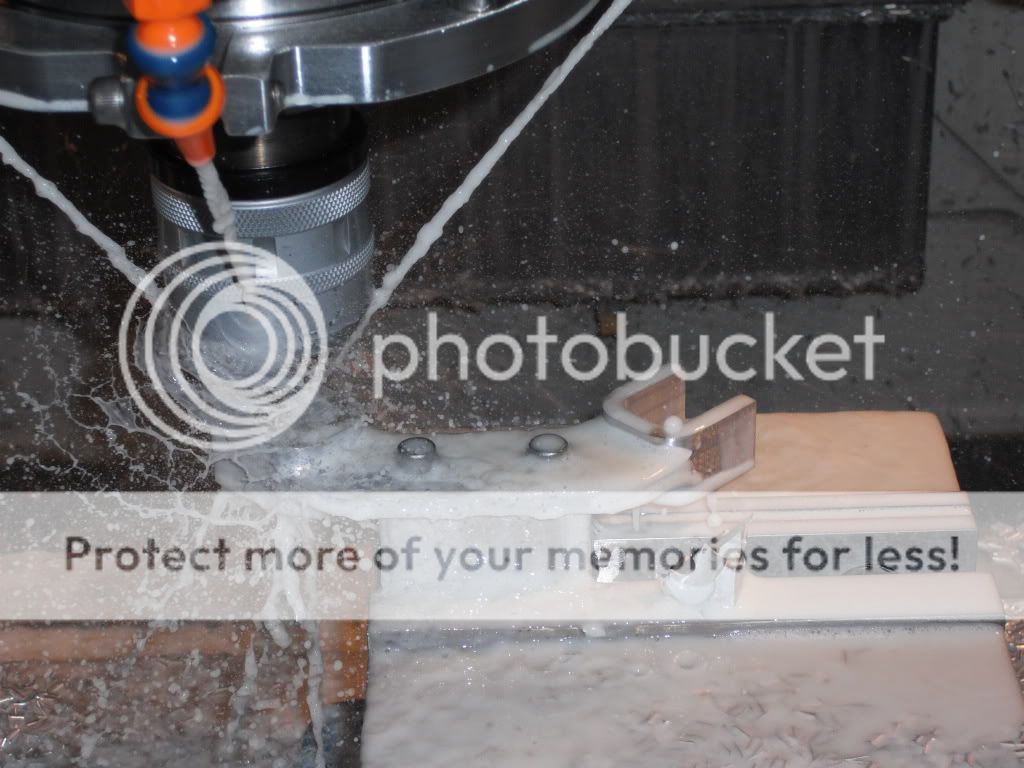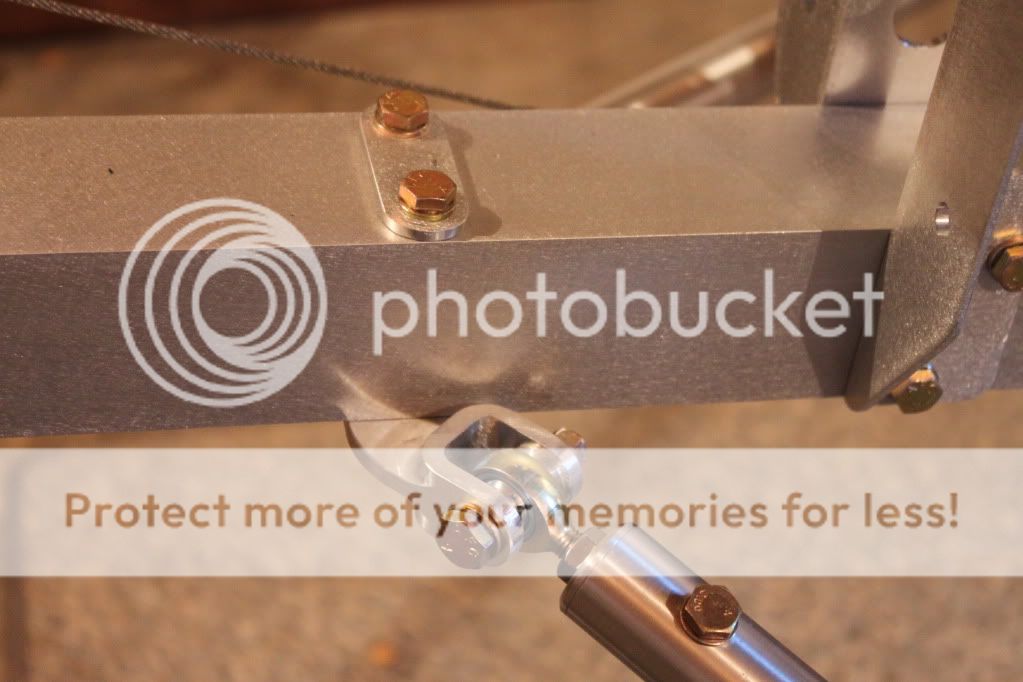I've been a bad forum member!
I've been a bad forum member!
Hey all!
Yes, I have been a bad forum member...I have not been keeping everyone posted as to my progress...
But, the good news is that there has been some progress!! Actually, one heck of a lot!
The last 10 months since my last post have been busier than ever...What else is new... But, I do still find time to work on the Hornet...
My time is always limited, so when some spare time, I have to make a choice on how to spend that time...Do I sit down and write on the forum about what I have done, or do I head out to the shop and actually make some more parts...Well, you know....
It's really exciting, because now I have the machine to a point where I am certain that I will have it ready to start some training this coming season!!!!

eace:
So....Where to begin...
I decided that I want to keep the sequence of my build thread progressing at reasonable pace...
What I am going to do is start posting updates on at least a weekly basis... I did take pictures along the way, but some pictures I post will be more recent. So, if you see something in the background that I haven't shown yet, that is why...
This is also going to be my first attempt of using Photobucket to link the pictures...Let's see how it turns out..
There are MANY parts that I have machined over and over.......I know...I would have been up an flying years ago if I wasn't so anal!
Here is one of my first modifications....
The original plans called for a single hole shackle for mounting the axle strut to the bottom cluster plates as shown.
I felt this design needed some help, especially if one was going to add some wheel brakes to the design....There is no way that this single bolt would hold any rotational torque.
My first "Bandaid" that I applied was to add a C shaped clevis tab around this shackle and pin it to some other bolts in the cluster plates...
This helped, but still not an elegant solution.
I searched around to find a 2 hole shackle without much luck...And since I would have to match up to the existing holes in the cluster plates, I decided what the heck, and just machined up my own solution.
I made the ID of the clevis wider, so I could include some nice saddle type Delrin washers to make a nice secure rotating joint for the motion of the landing gear.
I'll try to post one more tidbit yet tonight if I can.
It feels so good to posting updates again!! (And I have A LOT MORE!!)
Take care,
Denis

